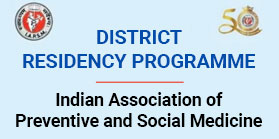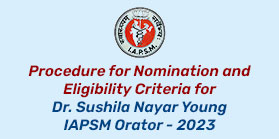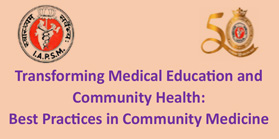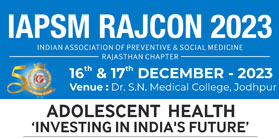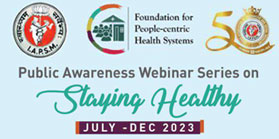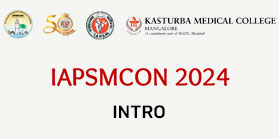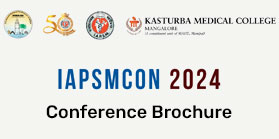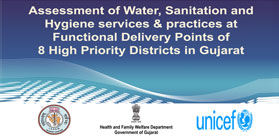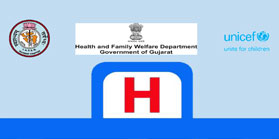Infectious Diseases :
India is undergoing an epidemiologic, demo-graphic and health transition. nevertheless, communicable diseases are still dominant and constitute major public health issues. Because of the existing environmental, socioeconomic and demographic factors, the developing countries like India are vulnerable to rapidly evolving micro-organisms. Tuberculosis, HIV/AIDS, Vector Borne Diseaes (Malaria, Dengue, Kala Azar), Water & Food borne diseases (Diarrhoea, Cholera,Hepatitis A & D, Typhoid etc.) are major health problems. During the past three decades more than 30 new organisms have been identified worldwide including HIV, Vibrio cholera O139, SARS corona virus, highly pathogenic avian influenza virus A, and pandemic H1N1 influenza virus. Many of these organisms threat in India.
India has an estimated 2.4 million HIV positive persons in 2009 at an estimated adult HIV prevalence of 0.31%. Leprosy though eliminated at the National level as a Public Health Problem, afflicts more than 1,26,000 People in the country and is a Public Health Challenge in some parts of India. Malaria which used to cause 75 million cases in early 1950s has been reduced to less than 1.5 million cases every year but still large number of people are vulnerable to Malaria. TB mortality has decreased from over 5 lakh deaths every year at the beginning of programme but still about 2.8 lakh people are dying of TB.
Infectious Disease Committee :
IAPSM is committed towards development of its subspecialties infectious diseases under overall umbrella of Community Medicine Discipline. With the same objective IAPSM has constituted committee in Infectious Diseases.
This committee is a dedicated team working for special subspecialties within overall goal and objectives of IAPSM. Committee is responsible for
- Facilitates National level Academic activities like National seminar, workshops, training programs etc. in specific subspecialties infectious diseases.
- Carry out research, monitoring and evaluation of health programs/services in the infectious diseases.
- Develop the course, fellowship programs in infectious diseases
- Develop technical documents e.g. guidelines, training modules, educational literature etc. in infectious diseases.
- Plan action project on capacity buildings, community intervention etc. in infectious diseases.
- Any other activities in infectious diseases, which are in line of goal and objectives of IAPSM.




